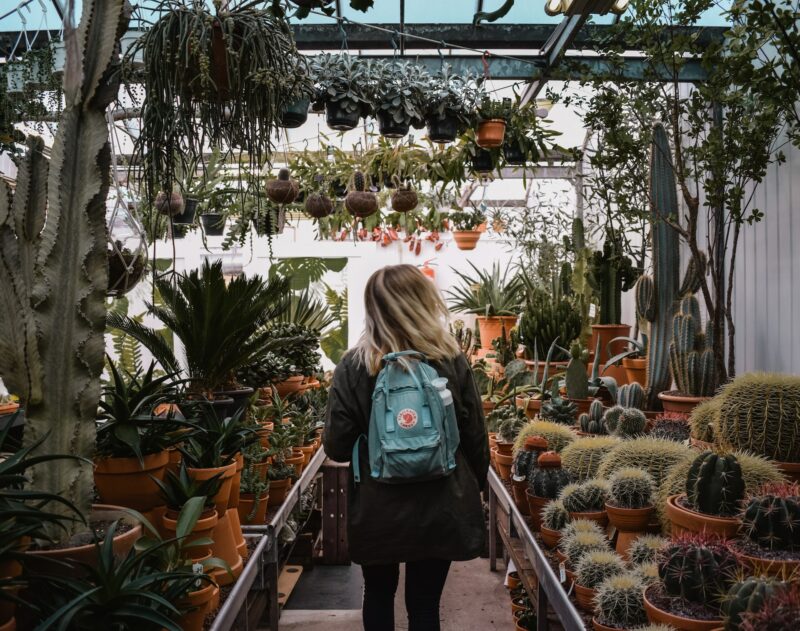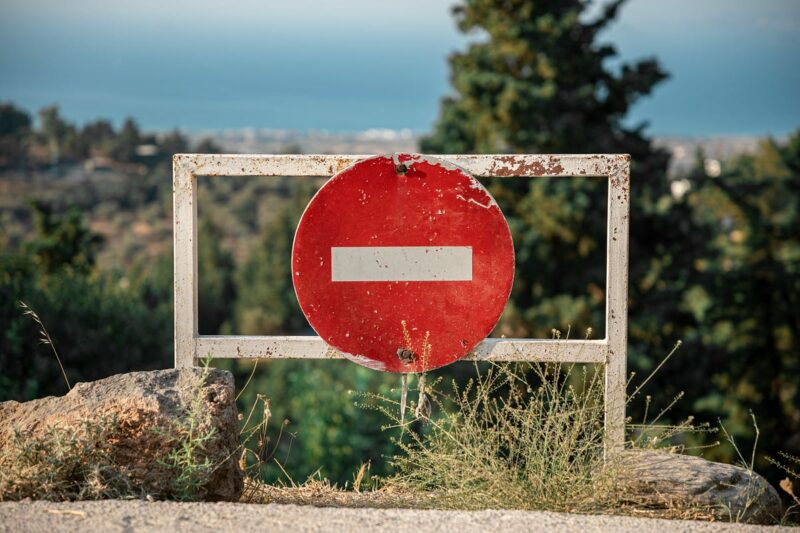
When we think of plants, we think of relaxing greenery, stunning landscapes, and beautiful flowers. It’s difficult to think of plants as invasive but, in reality, plants can be invasive in that they may be aggressive and prevent other plants from growing, or they may pose a danger to public health. Invasive plants are specific to a local environment, and prioritization is usually done according to species.
In Metro Vancouver, there is a list of invasive priority plants that have been identified. Invasive plants are usually those introduced to an area without pathogens and predators from their native area available to restrict their growth. They can be difficult to control, and so it is recommended that these plants not be bought and traded anymore nor planted in lawns and gardens. There are also guides available for its manual or chemical control and its removal and disposal, in cases of overgrowth.
Here are the plant profiles of the invasive priority plant species in Vancouver, as of July 2023.
1. Butterfly bush is a fast-growing deciduous to semi-evergreen shrub with long, spiked trusses for flowers. It is a fragrant plant with a range of flower colors, attracts butterflies, and can grow in poor soil. However, these plants can outcompete native plants because of its high seed production; these seeds are easily dispersed by wind, water, or animals.
2. Canada thistle is a persistent perennial weed that reproduces through both seed or root regeneration. It is a hardy plant, able to store food to survive the winter and grow in the spring. Because it is root-creeping, it can form great thickets that outgrow grasses and can decrease the yield of crops.
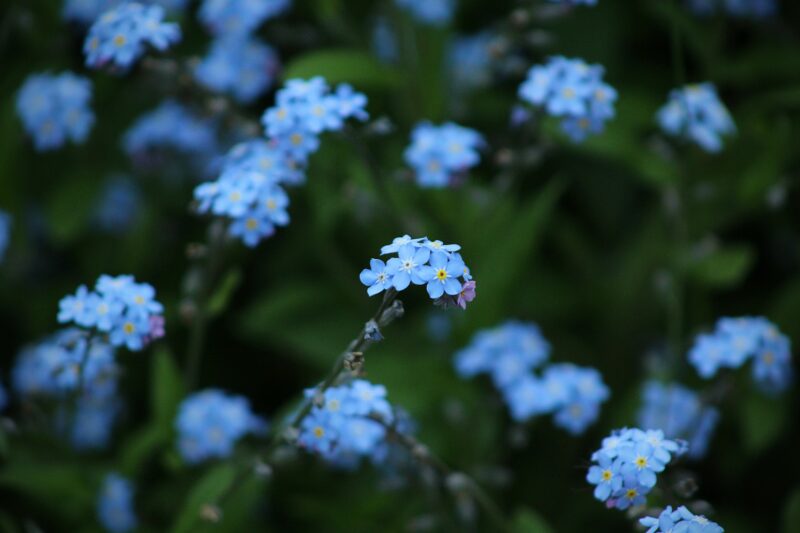
3. Common periwinkle is a low-growing evergreen perennial plant with lavender-blue or white flowers. It is a toxic plant that contains vinca alkaloids and has been used as a dense ground cover in landscaping. It is also quite hardy and can do well in partial shade and poor soil, as well as attract pollinators. When invasive, it can prevent trees and other plants from absorbing nutrients.
4. Daphne comprises broadleaf and deciduous shrubs that produce white to pink flowers in spring or early winter and small red berries afterwards. This plant, however pretty, is toxic to people and pets. The spurge-laurel variety is invasive because it tends to form dense monocultures. Because it has berries, it can be spread more easily by birds and other animals.
5. English holly is a perennial evergreen shrub that most people associate with Christmas. It has thorny leaves and bright red berries that are toxic to humans and pets. Since it is quite adaptable, it can grow and spread easily. Problems arise when it is unchecked, as it can also monopolize groundwater.
6. English Ivy in an evergreen perennial woody vine. It was used as ground cover, as well as for walls and buildings. It has small white to yellow-green flowers that bloom in the late summer and are followed by black shiny fruit. The leaves are star-shaped and can be a range of colors, from dark-green to white. It is very hardy and can grow even in the winter. It spreads easily because of the seed and vegetation, and its berries are also spread by birds.
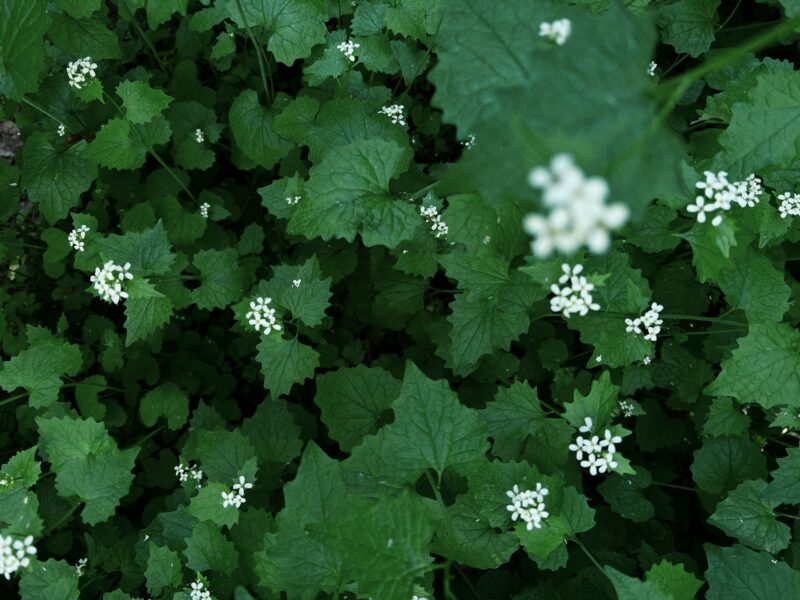
7. Garlic mustard is an invasive herb that, if they can survive their first winter, can produce flowers and hundreds of seeds in the next year. Its young leaves has a strong garlic smell. It can invade even forests because it interferes with the growth of fungi that bring nutrients to other plant roots.
8. Giant hogweed has a thick bright green stem with broad, serrated leaves. It also has a cluster of tiny white flowers. This plant is dangerous because it has a phototoxic sap that, when exposed to light, can cause burns on the human skin. This is why this plant is dangerous to touch and should not be burned or put in compost.
9. Gorse (also known as ulex, furze, or whin), is a spiny, yellow-flowered, evergreen shrub. Stems are upright and form dense branches, providing shelter for animals. It can thrive in dry, infertile soil; however, it is a fire hazard due to its volatile oils. Unfortunately, this plant has longevity up to 45 years and produces up to 18,000 seeds per plant.
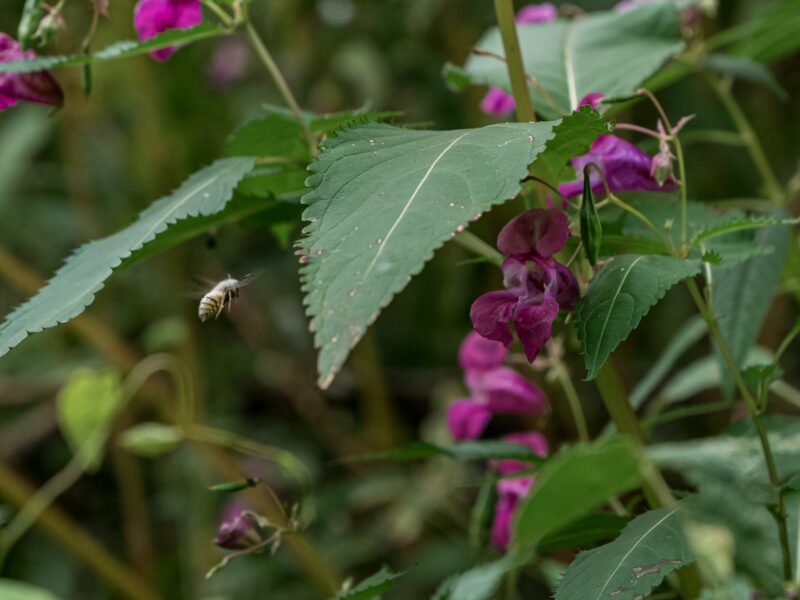
10. Himalayan balsam, also known as policeman’s helmet, is invasive even if it has a shallow root system because of its explosive seed capsules. It can make areas prone to erosion and flooding. It can be identified because of its tall stems that are bamboo-like, with pink-purple or white flowers that are irregular in shape.
12. Himalayan blackberry is a biennial, trailing evergreen woody shrub that can grow very tall, with dark green and oblong leaves and white to pink flowers arranged in clusters. It also grows berries that are black, shin, and hairless. It can create a very dense thicket that limits the movement of animals, and it can produce thousands of seeds as well.
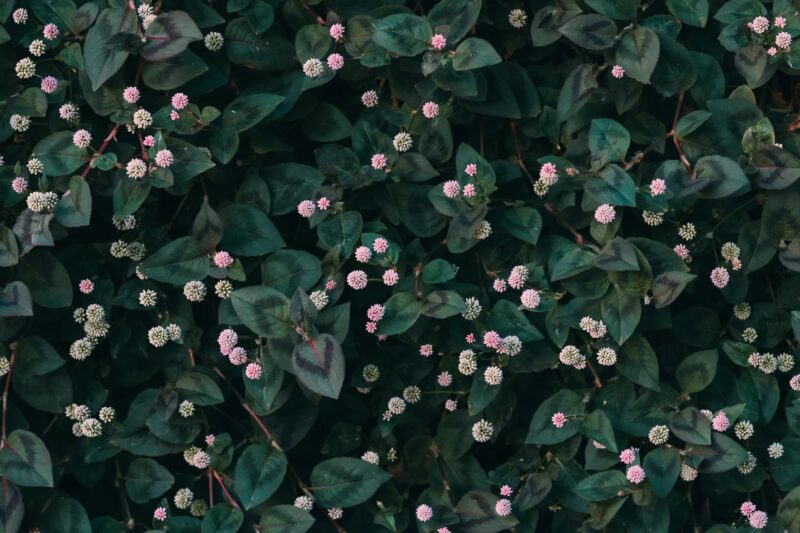
13. Knotweeds are semi-woody perennials that spread via rhizomes and form dense thickets. These can clog small waterways and increase bank erosion. They can usually be found on roadsides and streambanks, but can be found even on fields, parks, and yards.
14. Orange hawkweed is a perennial plant that has fibrous roots and rhizomes. It has hairy leaves at the base and a cluster of dark orange flowers at the top of a leafless stem. It also prefers coarse soils and unshaded sites and spreads quickly through seeds, horizontal roots, and aboveground runners.
15. Parrot’s feather is a perennial aquatic plant, usually growing on non-tidal waters (e.g. lakes and ponds) and was sold for aquatic gardens. Stems are made of short segments and the plant leaves are pinnate and feathery in a whorl. Plants in North America are female and can only reproduce non-vegetatively. These plants form dense mats that can clog waterways and can create stagnant waters that can increase the breeding ground for mosquitoes.
16. Purple loosestrife is a wetland plant that has rhizomes and can branch up to 50 stems, producing pink-purple flowers arranged on long flower spikes. This plant can form dense mats of roots that can cover large areas, crowding out other plants. It can even clog irrigation systems.
17. Scotch broom is a deciduous leguminous shrub that has many branches and sprouts bright yellow, pea-like flowers. It is often found in pen areas such as meadows and forest clearings and can aggressively spread and replace young trees and forage grasses. Where it grows, it changes the chemistry of the soil around and prevents other plants from growing. It is also flammable.
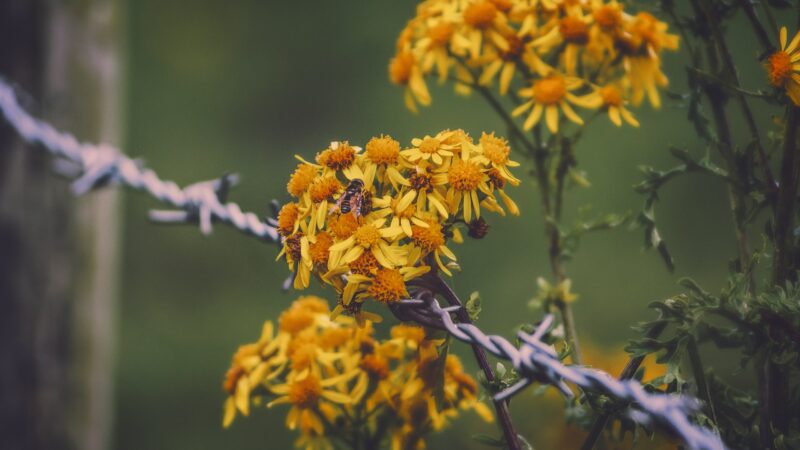
18. Tansy ragwort is a biennial to short-lived perennial that has small yellow flowers and purplish stems. It is an invasive species through its massive seed production: a single plant can have 150,000 seeds, which can survive in soil up to 15 years. It is also toxic and is a threat to livestock and agriculture.
19. Wild chervil, also known as cow parsley, is a herbaceous biennial or a short-lived perennial that was first introduced to North America in wildflower seed mixes. It has small white flowers that grow in clusters and has fernlike leaves. It is considered invasive because it has thick roots that spread aggressively and grows in areas where it competes with pasture and hay crops.
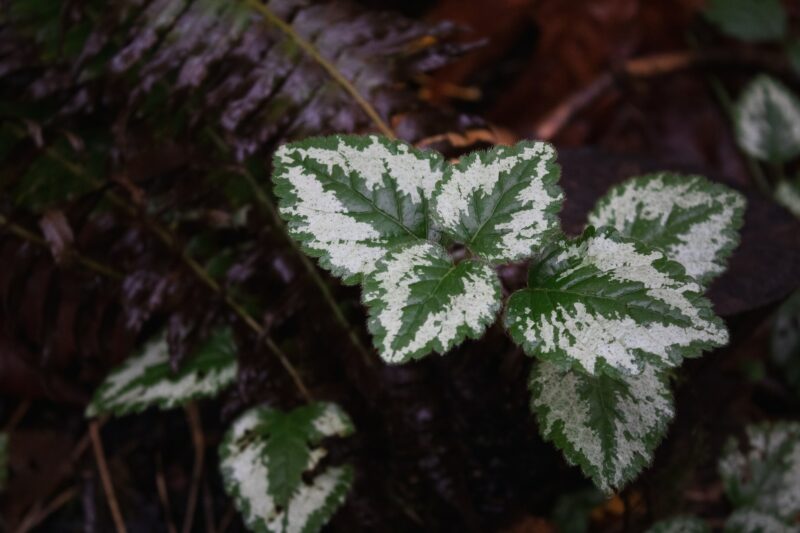
20. Yellow archangel is an herbaceous perennial plant that is often used as a low-growing ornamental. It has small yellow flowers and has medicinal uses for some kidney problems. Because it prefers shady sites and can grow in a dense mat, it can smother other plants.
21. Yellow flag iris is a perennial plant of the iris family. It can be recognized by its large flowers with bright yellow petals and sword-like leaves. It is often found in wetlands, such as marshes, riverbanks, and pond edges. It is invasive because it can grow to such an extent that it excludes native wetland plants, also impacting animal diversity.
We can help
Have an invasive plant or wondering what alternatives you can use for your garden? Call us at Likas Landscaping, and we will work with you to realize your dream landscape.

